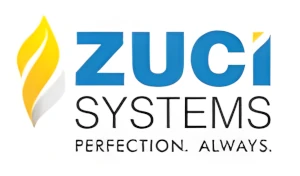Offering real-time analytics solutions to a healthcare player, in its obesity management application.

01


About the Company
The client scales obesity treatment by empowering physicians with tech-enabled tools, including virtual care platforms that incorporate telehealth, clinical decision support, remote patient monitoring, online education tools, and medical treatment approaches that are personalized for every patient.
They aim to build a platform that includes all the tools and resources needed to deliver effective care to patients virtually and in-person.
02
Business Requirements
1 ) Establishing Effective KPIs for the Application’s Impact Assessment
The organization faced challenges in implementing the right key performance indicators (KPIs) that accurately measure the impact on patients’ body weight, comparing their current weight to baseline measurements before and after treatment.
2 ) Integrating Data from Diverse Sources
They required robust data pipelines to integrate data from disparate sources, including Google Analytics, Salesforce, and AthenaOne (Electronic Health Record), to create a cohesive dataset for evaluating the app’s effectiveness.

03

3 ) Custom Reporting for Providers and Patients
They required tailored reports for both providers (physicians) and patients to assess the efficiency of the app’s treatment approach. Providers required reports showcasing patient progress and treatment outcomes, whilst patients required insights into their health journey and the effects of their treatment.
4 ) Biomarker Analysis for Comprehensive Health Evaluation
To efficiently perform biomarker analysis to assess the holistic health improvements resulting from the app’s treatment. This analysis helps them derive a deeper understanding of physiological changes beyond weight loss, enhancing the evaluation of overall patient health outcomes.
04

06
Tech Stack





07

Key Achievements
1. Enhanced Patient Data Accessibility (90% Utilization)
We successfully improved patient data visibility, with 90% of patient data now accessible and effectively utilized, resulting in informed decision-making and enhanced patient care.
2. 85% Reduction in Data Identification Time
Implementing the Quality, Analytics, and Development (QAD) process led to an 85% reduction in data identification time, streamlining data workflows, and accelerating insights.
3. Significant Cloud Cost Reduction
By optimizing data storage, we substantially reduced cloud costs, downsizing from 150 million to 50 million rows of data while maintaining data accessibility and analysis capabilities.
08

